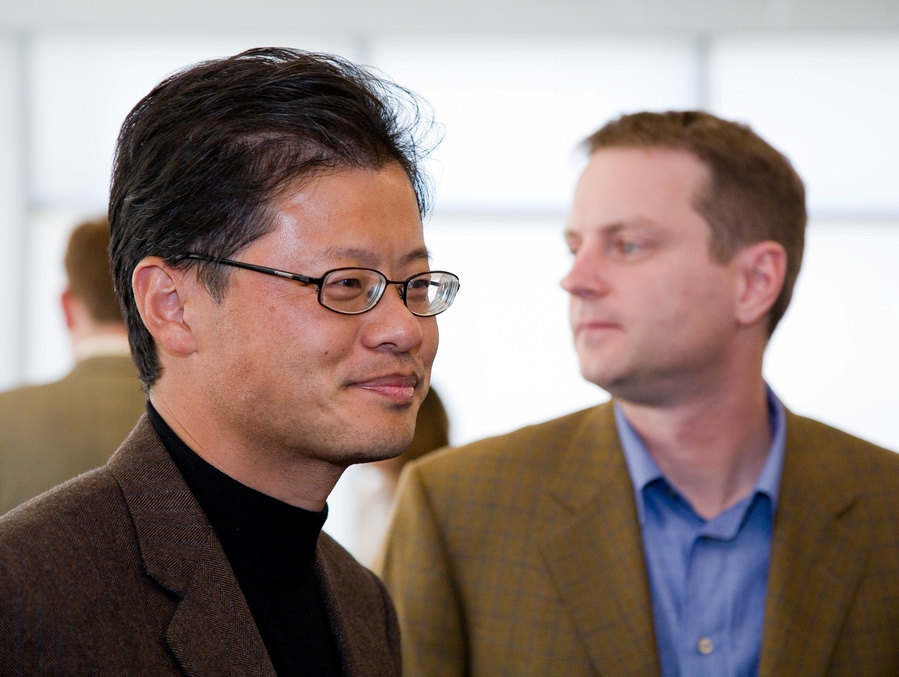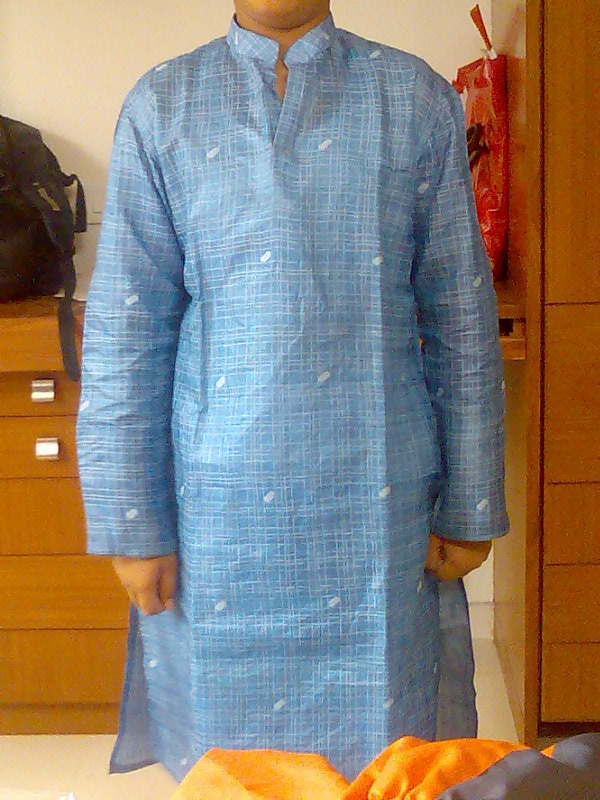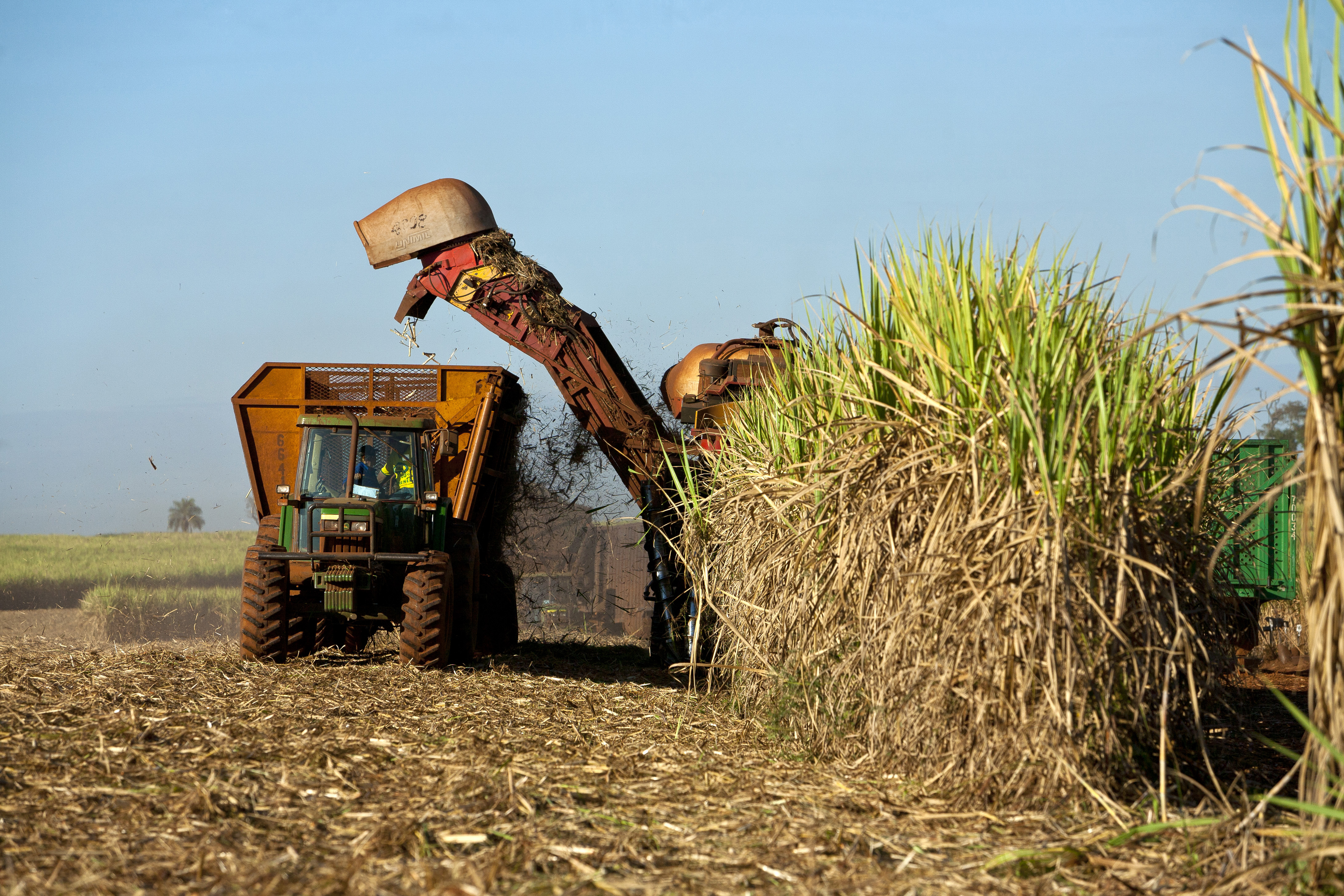|
Natwar Thakkar
Natwar Thakkar (1932 – 7 October 2018), popularly known as Natwar bhai, was an Indian social worker who worked in Nagaland. He came from Maharashtra but migrated to Nagaland for social work at the age of 23. He founded the Nagaland Gandhi Ashram at Chuchuyimlang village in the Mokokchung district of Nagaland. Because of his efforts to spread Gandhian philosophy in Nagaland and his social work, he was known as "Nagaland's Gandhi". Early life Thakkar was born in 1932 to a Gujarati-speaking family in the coastal Dahanu town of the then Bombay Presidency of British India (today part of the Palghar district of Maharashtra state). Inspired by Gandhian social reformer Kaka Kalelkar early in his life, Thakkar went to Nagaland, the North-Eastern state of India, at the age of 23 in 1955, desiring to foster "goodwill and emotional integration through voluntary social service" among the people of Nagaland, using Gandhian principles. Work Thakkar established the "Nagaland Gandhi Ashram" in ... [...More Info...] [...Related Items...] OR: [Wikipedia] [Google] [Baidu] |
Dahanu
Dahanu (Pronunciation: Help:IPA/Marathi, [ɖəɦaːɳuː]) is a coastal town and a municipal council in Palghar district of Maharashtra, Maharashtra state in Konkan division. It is located 110 km from Mumbai city and hosts Adani Power’s thermal power station. It is the site of the currently stalled Rewas#Wadhawan New Port Project, Wadhawan port project at Rewas. Location Dahanu is located 65 km north of Virar on the Western Railway Zone (India), Western Railway line of Mumbai Suburban Railway. It can be reached from National Highway NH-8, 24 km off from Charoti Naka. It is 22 km North of Boisar on the Western Railway Zone (India), Western Railway line. Nearby Sai temple is located in Narpad. Also famous for Mahalaxmi Temple located just 4 km from Charoti. The Town The name "Dahanu Gaon" originates from the word "Dhenu Gram" meaning the village of cattle, cows. A lot of cattle, particularly cows were owned by the people in Dahanu. Today, Dahanu has b ... [...More Info...] [...Related Items...] OR: [Wikipedia] [Google] [Baidu] |
Kaka Kalelkar
Dattatreya Balkrishna Kalelkar (1 December 1885 – 21 August 1981), popularly known as Kaka Kalelkar, was an Indian independence activist, social reformer, journalist and an eminent follower of the philosophy and methods of Mahatma Gandhi. Biography Kalelkar was born in Satara on 1 December 1885. His family's ancestral village of Kaleli, near Sawantwadi in Maharashtra, gave him his surname Kalelkar. He matriculated in 1903 and completed B.A. in Philosophy from Fergusson College, Pune in 1907. He appeared in the first year examination of LL.B. and joined Ganesh Vidyalaya in Belgaum in 1908. He worked for a while on the editorial staff of a nationalistic Marathi daily named ''Rashtramat'', and then as a teacher at a school named Ganganath Vidyalaya in Baroda in 1910. In 1912, the British government forcibly closed down the school because of its nationalistic spirit. He traveled to the Himalayas by foot and later joined Acharya Kripalani on a visit to Burma (Myanmar) in 1913. H ... [...More Info...] [...Related Items...] OR: [Wikipedia] [Google] [Baidu] |
Tata Institute Of Social Sciences
Tata Institute of Social Sciences (TISS) is a multi-campus public research university in Mumbai, India. It is Asia's oldest institute for professional social work education and was founded in 1936 in then Bombay Presidency of British India as the Sir Dorabji Tata Graduate School of Social Work by the Sir Dorabji Tata Trust. In 1944, the institute was officially renamed as the Tata Institute of Social Sciences and in 1964, the Government of India declared TISS as deemed university under Section 3 of the University Grants Commission Act (UGC), 1956. In 1954, TISS moved to a permanent campus at Deonar, Mumbai (now known as the Main Campus), from the earlier campuses at Nagpada and then Andheri. In 2001, the Deonar campus was expanded to include the Malti Jal and Jal A. D. Naoroji Campus Annexe, which are now commonly known as the New Campus. TISS, in 1986, established a rural campus in Tuljapur, Maharashtra and two off-campuses in Guwahati and Hyderabad in 2011. In addition to t ... [...More Info...] [...Related Items...] OR: [Wikipedia] [Google] [Baidu] |
Yahoo
Yahoo! (, styled yahoo''!'' in its logo) is an American web services provider. It is headquartered in Sunnyvale, California and operated by the namesake company Yahoo! Inc. (2017–present), Yahoo Inc., which is 90% owned by investment funds managed by Apollo Global Management and 10% by Verizon Communications. It provides a web portal, search engine Yahoo! Search, Yahoo Search, and related services, including My Yahoo!, Yahoo! Mail, Yahoo Mail, Yahoo! News, Yahoo News, Yahoo! Finance, Yahoo Finance, Yahoo! Sports, Yahoo Sports and its advertising platform, Yahoo! Native. Yahoo was established by Jerry Yang and David Filo in January 1994 and was one of the pioneers of the early Internet era in the 1990s. However, usage declined in the late 2000s as some services discontinued and it lost market share to Facebook and Google. History Founding In January 1994, Yang and Filo were electrical engineering graduate students at Stanford University, when they created a website named ... [...More Info...] [...Related Items...] OR: [Wikipedia] [Google] [Baidu] |
National Institute Of Electronics And Information Technology
National Institute of Electronics and Information Technology (NIELIT), formerly known as the DOEACC Society, is a society that offers Information Technology and Electronics training at different levels. It is an autonomous scientific society under the administrative control of Ministry of Electronics and Information Technology, Government of India The Government of India (ISO: ; often abbreviated as GoI), known as the Union Government or Central Government but often simply as the Centre, is the national government of the Republic of India, a federal democracy located in South Asia, c .... NIELIT currently has 47 centers across the country, with its headquarters at New Delhi. References External links Official website [...More Info...] [...Related Items...] OR: [Wikipedia] [Google] [Baidu] |
Prime Minister Of India
The prime minister of India (IAST: ) is the head of government of the Republic of India. Executive authority is vested in the prime minister and their chosen Council of Ministers, despite the president of India being the nominal head of the executive. The prime minister is often the leader of the party or the coalition with a majority in the lower house of the Parliament of India, the Lok Sabha, which is the main legislative body in the Republic of India. The prime minister and their cabinet are at all times responsible to the Lok Sabha. The prime minister is appointed by the president of India; however the prime minister has to enjoy the confidence of the majority of Lok Sabha members, who are directly elected every five years, lest the prime minister shall resign. The prime minister can be a member of the Lok Sabha or of the Rajya Sabha, the upper house of the parliament. The prime minister controls the selection and dismissal of members of the Union Council of Ministers ... [...More Info...] [...Related Items...] OR: [Wikipedia] [Google] [Baidu] |
Jawaharlal Nehru
Pandit Jawaharlal Nehru (; ; ; 14 November 1889 – 27 May 1964) was an Indian anti-colonial nationalist, secular humanist, social democrat— * * * * and author who was a central figure in India during the middle of the 20th century. Nehru was a principal leader of the Indian nationalist movement in the 1930s and 1940s. Upon India's independence in 1947, he served as the country's prime minister for 16 years. Nehru promoted parliamentary democracy, secularism, and science and technology during the 1950s, powerfully influencing India's arc as a modern nation. In international affairs, he steered India clear of the two blocs of the Cold War. A well-regarded author, his books written in prison, such as ''Letters from a Father to His Daughter'' (1929), '' An Autobiography'' (1936) and ''The Discovery of India'' (1946), have been read around the world. During his lifetime, the honorific Pandit was commonly applied before his name in India and even today too. T ... [...More Info...] [...Related Items...] OR: [Wikipedia] [Google] [Baidu] |
Ethnic Conflict In Nagaland
The insurgency in Nagaland, in northeastern India, is an ongoing conflict fought between the ethnic Nagas and the governments of India. Nagaland inhabited by the Nagas is located at the tri-junction border of India on the West and South, north and Myanmar on the East. "National Socialist Council of Nagaland (Khaplang)", which wants an independent "greater Nagaland" to also include territory now in Myanmar, based on ethnicity; and the "Naga National Council (Adino)". The question of "Naga Sovereignty" was put to plebiscite on 16 May 1951. To defend themselves, the Naga after much deliberation formed the armed wing of NNC, came to be known as NSG (Naga Safe Guards) under Kaito Sukhai. History 1946 saw the creation of the Naga National Council (NNC) under Phizo's leadership. The NNC leaders and the Governor of Assam, Sir Akbar Hydari, signed a Nine-Point Agreement which granted Nagas rights over their lands and legislative and executive powers. The judicial capacity of Naga court ... [...More Info...] [...Related Items...] OR: [Wikipedia] [Google] [Baidu] |
Khadi
Khadi (, ), derived from khaddar, is a hand-spun and woven natural fibre cloth promoted by Mahatma Gandhi as ''swadeshi'' (self-sufficiency) for the freedom struggle of the Indian subcontinent, and the term is used throughout India, Pakistan and Bangladesh."Freedom@70: How Khadi is getting a new spin." '''', 13 August 2017. The first piece of the hand-woven cloth was manufactured in the during 1917–18. The coarsenes ... [...More Info...] [...Related Items...] OR: [Wikipedia] [Google] [Baidu] |
Biogas
Biogas is a mixture of gases, primarily consisting of methane, carbon dioxide and hydrogen sulphide, produced from raw materials such as agricultural waste, manure, municipal waste, plant material, sewage, green waste and food waste. It is a renewable energy source. Biogas is produced by anaerobic digestion with anaerobic organisms or methanogen inside an anaerobic digester, biodigester or a bioreactor. Biogas is primarily methane () and carbon dioxide () and may have small amounts of hydrogen sulfide (), moisture and siloxanes. The gases methane, hydrogen, and carbon monoxide () can be combusted or oxidized with oxygen. This energy release allows biogas to be used as a fuel; it can be used in fuel cells and for any heating purpose, such as cooking. It can also be used in a gas engine to convert the energy in the gas into electricity and heat. Biogas can be compressed after removal of carbon dioxide and hydrogen sulphide, the same way as natural gas is compressed to CN ... [...More Info...] [...Related Items...] OR: [Wikipedia] [Google] [Baidu] |
Oilseed Press
An oilseed press is a machine that lies at the center of vegetable oil extraction. This is due to the fact that this technology is designed to release oil from oilseeds. Multiple oilseed press layouts have been developed over time to complete this process, with each having its own distinct set of advantages and disadvantages. Moreover, the products that are created by oilseed presses, namely oil and oilseed meal, possess great nutritive benefits for humans and livestock respectively. The oilseed press, being at the center of the oil-extraction process, is joined with various other pieces of equipment and procedures that form a pre- and post-extraction system. Oilseed press designs Breaking it down to its simplest formulation, the process that oilseed presses carry out appears is quite simple. Oilseed presses essentially extrude or ‘press’ vegetable oil from oil-bearing seeds, which include soybean, sunflower, peanut, safflower, canola, sesame, niger, castor bean, lins ... [...More Info...] [...Related Items...] OR: [Wikipedia] [Google] [Baidu] |
Jaggery
Jaggery is a traditional non-centrifugal cane sugar consumed in the Indian Subcontinent, Southeast Asia, and Africa. It is a concentrated product of cane juice and often date or palm sap without separation of the molasses and crystals, and can vary from golden brown to dark brown in colour. It contains up to 50% sucrose, up to 20% invert sugars, and up to 20% moisture, with the remainder made up of other insoluble matter, such as wood ash, proteins, and bagasse fibres. Jaggery is very similar to muscovado, an important sweetener in Portuguese, British and French cuisine. The Kenyan Sukari ngutu/nguru has no fibre; it is dark and is made from sugar cane and also sometimes extracted from palm tree. Etymology Jaggery comes from Portuguese terms , , derived from Malayalam (), Kannada (), Hindi () from Sanskrit () or also in Hindi, (gur). It is a doublet of sugar. Origins and production Jaggery is made of the products of sugarcane and the toddy palm tree. The sugar made f ... [...More Info...] [...Related Items...] OR: [Wikipedia] [Google] [Baidu] |







